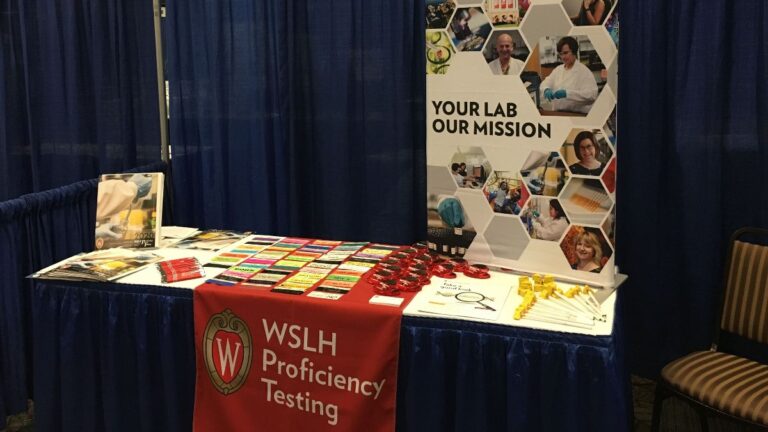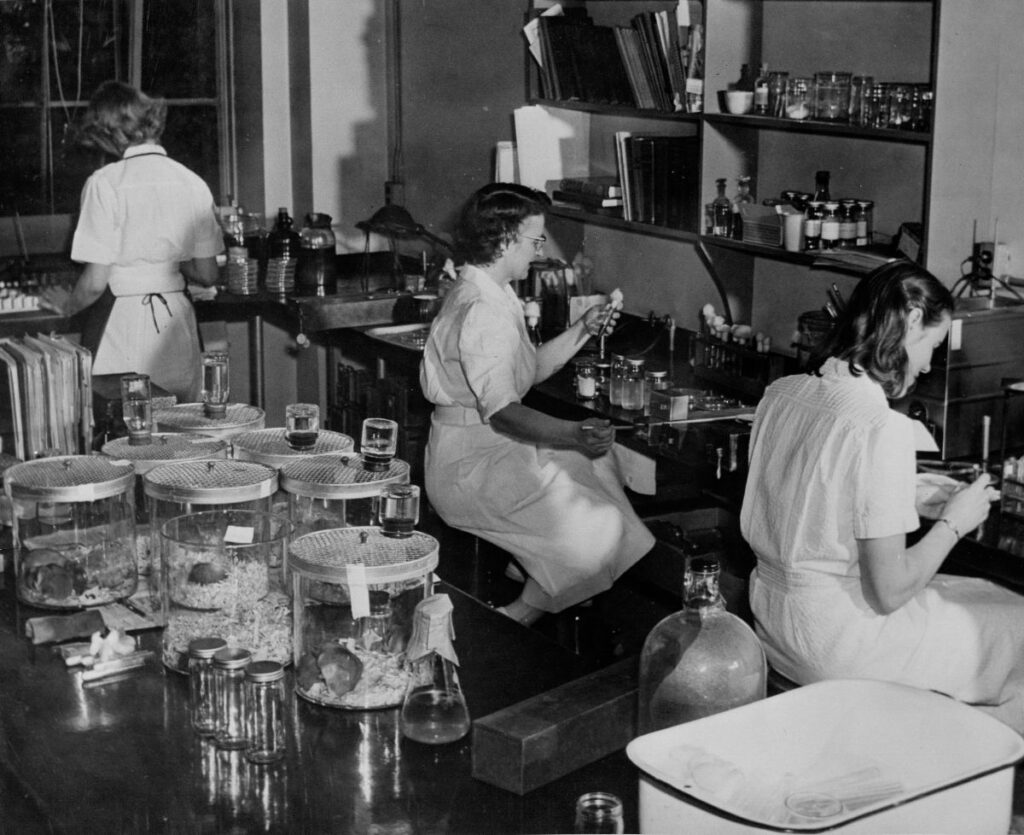By Kristine Hansbery
Director of WSLH Proficiency Testing
Adapting to the new world of digital technology and virtual communication has presented both opportunities and barriers. The COVID-19 pandemic has necessarily pushed us further into the world of virtual communication which, in turn, has effected the way we do events and tradeshows. These events have always provided the ability to acquire much needed Continuing Education Units (CEUs), and wonderful opportunity to network with our peers.

Numerous vendors and show sponsors have recreated this important venue in a virtual setting for laboratory personnel as well as vendors promoting their product. There have been some successes and some, well, not so much. This article provides a closer look at this world of virtual events that have been rather hit or miss, and those perennial favorites of the past, and what makes them so special. We at WSLH Proficiency Testing hope this guide provides potential show attendees with the opportunity to explore new shows as well as make informed decisions regarding the expense and value of each venue.
There just is no way you can replace human contact with virtual events. Something must be said regarding the person-to-person networking that happens at each event. Capturing the attention of attendees at a virtual venue can be difficult given that the structure at in-person events encourages networking naturally. From the perspective of a vendor, the best virtual event by far for us was the Lab Director’s Summit, sponsored by MLO. This event actually created events that mimicked the real one-on-one conversations that would exist at a live event. They took it a further step by allowing vendors to present their product line as a 30-minute presentation to attendees in the following ways:
- Have one-on-one meetings with each and every attendee (like a dating event). The vendor has a 15-minute meeting with an attendee, a bell rings and then the next attendee arrives in the booth.
- Initiate meetings either set by the attendee or the vendor, in a polite nonintrusive manner.
While the best of the virtual world allows for greater connection and networking, we have all experienced the limitations with this format, technologically and socially. It’s important for our species to connect and see each other in-person. Plus, how much more eye-strain and zoom fatigue can we handle, given that much of our personal lives are online these days? While we hope we can return to real-life shows in 2021, let’s take a look at some of the top live events that we find rewarding and, let’s face it, just plain fun.
American Society of Clinical Laboratory Scientists (ASCLS) meetings
While each and every one of these ASCLS state-sponsored events are good, some stand out as particularly engaging.
ASCLS Minnesota takes place yearly at the Earle Brown Center, which captured the horse lover in me with old timey pictures of the largest horse in the world (at one time) as well as some race horse facts and other photos. The venue is very well attended by both laboratory professionals and vendors. The opportunities to network are plentiful. What a great show!
ASCLS Montana provides one of the most welcoming shows with beautiful scenery wherever you look.



 By Kristine Hansbery
By Kristine Hansbery